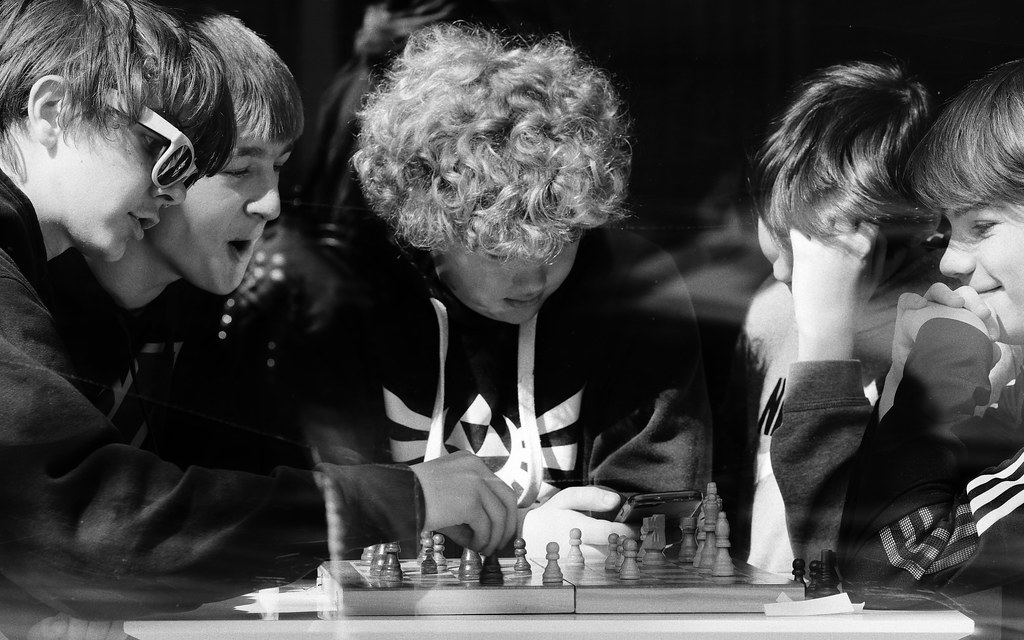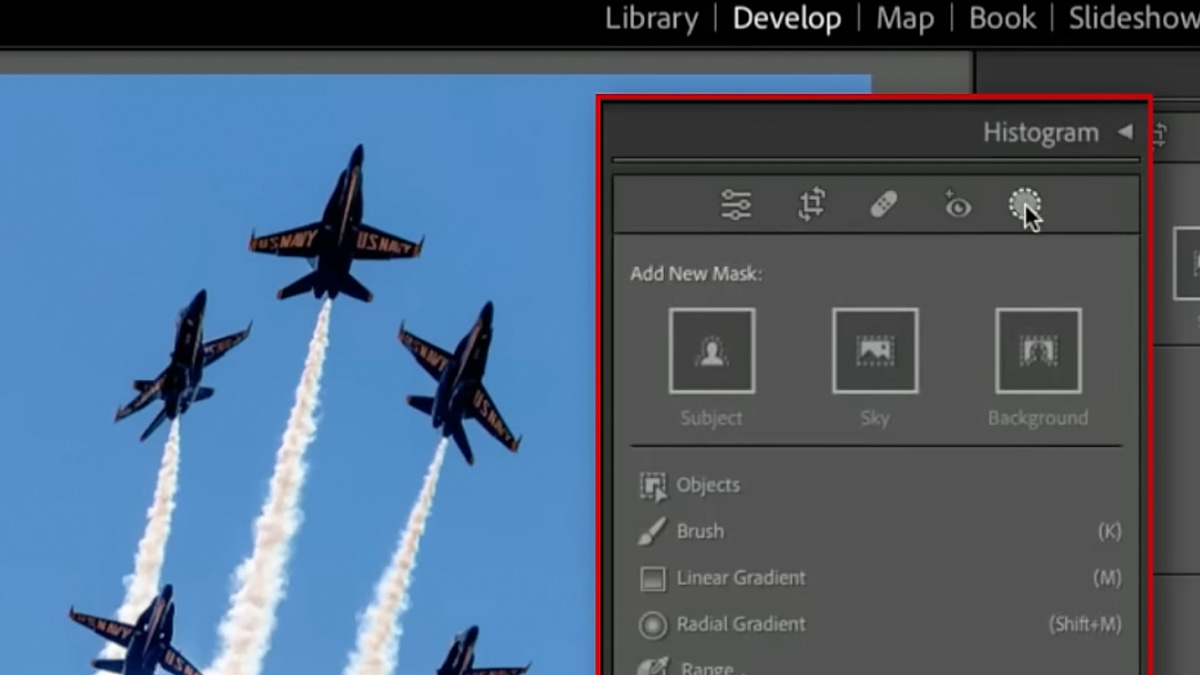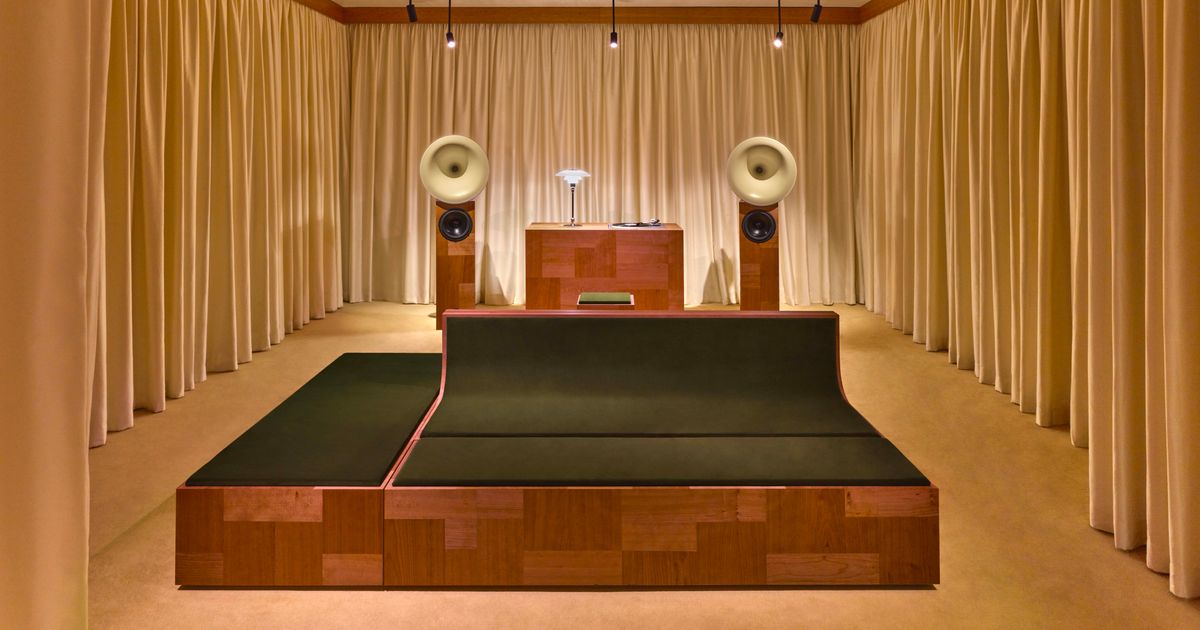Doom: The Dark Ages Owes a Lot to Eternal’s Marauder
Doom: The Dark Ages takes the ideas that powered Eternal's controversial Marauder enemy and builds an entirely new combat system out of them.


When director Hugo Martin explained that the mantra for Doom: The Dark Ages was “stand and fight” during Xbox’s Developer Direct earlier this year, I was instantly enticed. It's an idea in direct opposition to id Software’s previous game, Doom Eternal, a shooter built on hyper-kinetic, perpetually mobile firefights. There is, however, a single enemy in Eternal that does demand you “stand and fight” – the Marauder. Perhaps the most controversial enemy ever featured in a Doom game, it’s hated by many… and loved by me. And the moment I realised that the trick to Doom: The Dark Ages’ combat was reacting to bright green lights – the very same thing that’s key to killing a Marauder – I knew I was all-in.
Don’t worry, The Dark Ages doesn’t force you into a cage fight with an enemy that’s as fast and fiddly as Eternal's Marauder. Sure, there is the Agaddon Hunter, who’s protected by a bulletproof shield and lashes out with a deadly combo attack, but the legacy of Eternal’s infamous battles lives on not through a single enemy, but every enemy. Rethought, recalibrated, and reforged, the ideas behind the Marauder have been applied to The Dark Ages’ core combat design. The result? Every encounter has the smarts of a Marauder face-off with none of the frustrations.
The Marauder is a bit of an unusual beast. Fights in Doom Eternal typically have you running loops around a combat arena, cutting down fodder enemies and bouncing between larger foes. Eternal has often been called a management game, and that doesn’t just apply to your resources; through the use of speed, space, and shotguns you have to manage the horde. That all goes out the window when the Marauder turns up. This tough-as-nails, axe-swinging powerhouse demands your complete focus, hence why it’s so often fought in one-on-one situations. On the odd occasion one turns up in larger battles, the best tactic is to avoid its blows, clear the deck of mobs, and – finally – stand and fight.
That doesn’t mean literally standing still, of course – this is Doom Eternal, after all. Rather, it’s about asserting dominance over the space through careful positioning. Get in too close and the Marauder will catch you with a deadly shotgun blast that’s near-impossible to dodge. Fall too far back and he’ll bombard you with projectiles that are much easier to dodge, but you’ll be out of range of his axe swing. The thing is, you want him to try and hit you with that axe, because the only time in the entire fight that the Marauder is vulnerable to damage is during the attack’s wind-up animation. His energy shield soaks up every bullet you fire, so you need to position yourself in the sweet spot where he’ll drop his guard and go in for the kill. When his eyes flash bright green, that’s your cue: you’ve got a split-second window to blast his brains out.
A flash of bright green is also what you’re looking for in Doom: The Dark Ages. In a nod to the series’ first outing, demons fire out volleys of bullet hell-like projectiles. Within those volleys are special green missiles that can be parried with the Doom Slayer’s new shield, deflecting the ordnance back to its source. In the opening hours of the game this is largely a defensive move. Later on, though, once you unlock the shield’s rune system, the parry becomes an invaluable offensive tool, stunning demons with bolts of lightning or triggering your shoulder-mounted, auto-targeting cannon.
Unlike in a Marauder fight, survival is not entirely dependent on reacting to these green lights. Good use of your more straightforward tools can carry you to victory. But the shield runes make parrying one of the strongest components of your arsenal – one worth activating as many times as possible. And if you weave it into your combat approach, you’ll soon find that the foundations of The Dark Ages’ parry share common ground with Eternal’s Marauder fights. You’ll need to find the right distance, since demons won’t fire projectiles at close range, and when the green orbs appear, you’ll need to maneuver into the right position to catch them. And then, like catching the Maruader mid-swing, you need quick reactions to score the parry itself. All this demands focus, so your travels across The Dark Ages’ battlefields become a collage of pocketed one-vs-one fights with a variety of powerful demons. You stand and you fight. Just as you did against the Marauder.
Perhaps the most cited argument against the Marauder was how it interrupted Doom Eternal’s flow. You simply cannot fight it using the techniques you’ve conquered every other challenge with. This switch-up is actually the reason why I love the Maruader so much: while the rest of the game asks you to do ballet, it insists you break dance. Doom Eternal was a game built on breaking the rules of first-person shooters, demanding that you think about resources, weapons, and engagements in new ways. The Marauder breaks the rulebreaker’s rules and so poses the ultimate challenge. But as much as I relish that challenge, I understand why many hate it.
Doom: The Dark Ages overcomes that problem by ensuring different “dances” are part of the grand disco hall of battle. Every major enemy type has its own unique green projectile or melee strike, and so your approach changes with each foe you encounter. The Mancubus, for instance, fires staggered bursts of wide energy “fences” that feature green “pillars” at either end, and so you must weave left and right to score the parry on each one. The Vagary launches an abacus-like volley of deadly spheres, forcing you to sprint towards the rows you can deflect as if they were deadly tennis balls arriving on your side of the court. The skeletal Revenant, meanwhile, replicates the Marauder even closer; it’s invulnerable to damage until you can deflect one of the green skulls it fires in alternating patterns from its shoulder launchers.
Because every single demon demands a different kind of footwork, it’s never jarring when a new foe is introduced with a left-of-field approach. Sure, the Agaddon Hunter and Komodo both pose a bit of a difficulty spike thanks to their intense melee combo attacks, but you’re already used to constantly adapting the way you move and react by the time they arrive on the scene. That wasn’t the case for the Marauder, because Eternal’s ruleset was based on using the right gun for the right demon, not the position and reaction-based tactics needed to defeat this unique threat.
The Marauder’s problem was never its design. It was that it broke the rules and players weren’t prepared for it. Doom: The Dark Ages trains you for something similar by making its own reaction-based twitch mechanic a core component of the entire experience rather than a mid-game curveball. Such a shift does mean that the challenge has largely disappeared – the shield’s parry window is much more generous than the split-second required to react to the Marauder’s eye flash, even at higher difficulties. But the underlying concept of the Marauder – locking step with an enemy, waiting for the perfect moment, and striking when the light shines green – is all here in every single battle. Doom: The Dark Ages may offer a very different take on those ideas, but they’re still completely recognisable. You stand and you fight.
Matt Purslow is IGN's Senior Features Editor.

















